This article talks about the commonly used scenarios of SQL Select Distinct in an easily understandable format equally suitable for beginners and professionals.
Read more »
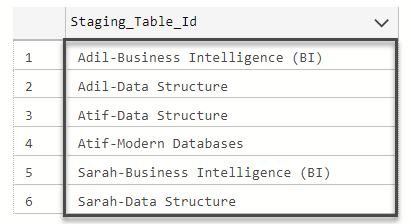


This article talks about the commonly used scenarios of SQL Select Distinct in an easily understandable format equally suitable for beginners and professionals.
Read more »
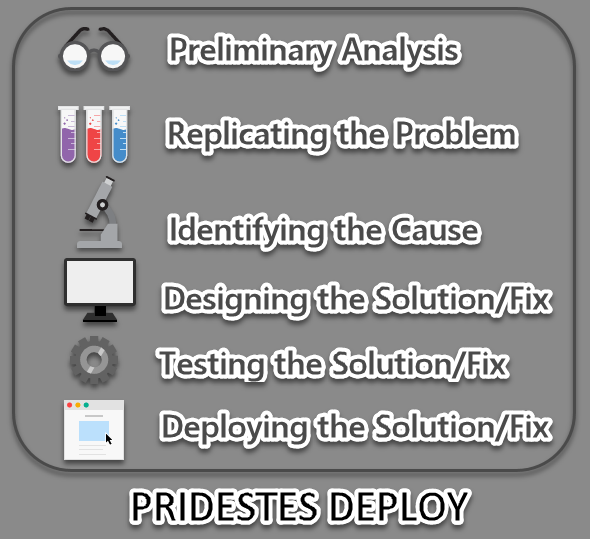
This article talks about a golden rule called PRIDESTES DEPLOY to sort out any SQL BI (business intelligence) related issue and it is particularly useful for resolving database, data warehouse or even reporting related issues where the database is built through modern tools like Azure Data Studio.
Read more »

This article will cover testing or verification aspects of Type 2 Slowly Changing Dimensions in a Data Warehouse.
Read more »
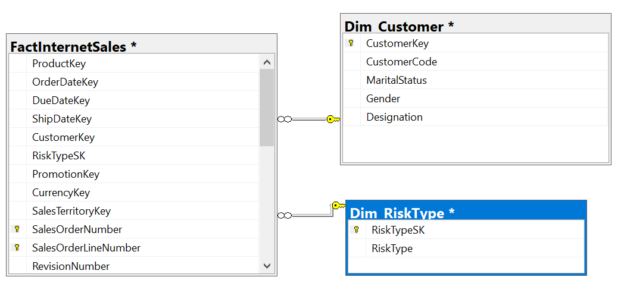
Slowly Changing Dimensions in Data Warehouse is an important concept that is used to enable the historic aspect of data in an analytical system. As you know, the data warehouse is used to analyze historical data, it is essential to store the different states of data.
Read more »
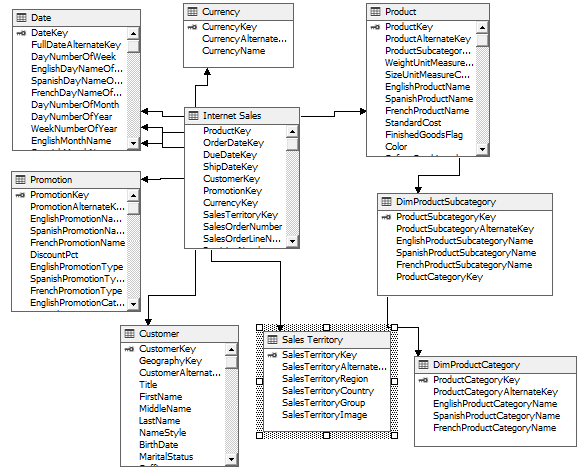
Since data warehouse is an important element in the data strategy of any organization, it is essential to take necessary actions during designing a Data Warehouse. There are several different designing patterns in a data warehouse, in this article, we will look at what you should avoid during the data warehouse designing.
Read more »
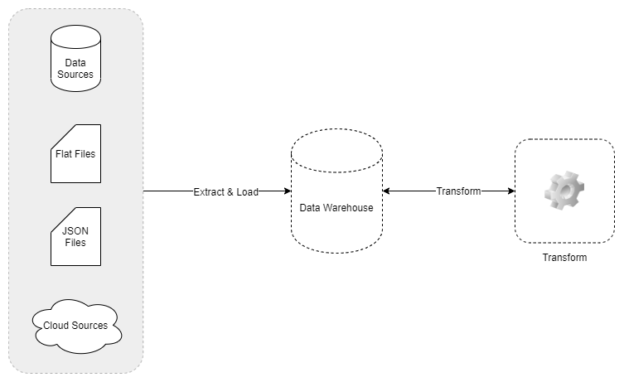
This article explains what the basic features and differences between ETL and ELT are. I’m also going to explain in detail what an ELT pipeline is and a relevant architecture for the same in Azure. So far, we have come a long way dealing with ETL tools which basically are Extract, Transformation and Load technique used in populating a data warehouse. ELT, on the other hand, is another way to load data into a warehouse that implements the process of Extract, Load and Transform.
Read more »

Experienced business intelligence (BI) developers would tell you that as you move from one project to another, some requirements start becoming repetitive like you have dealt with them before. One such repetitive requirement occurs during SQL Server Reporting Services (SSRS) development wherein a client would request that a report parameter be configured to allow multiple values from a dataset that is populated by stored procedure, as illustrated in Figure 1.
Read more »
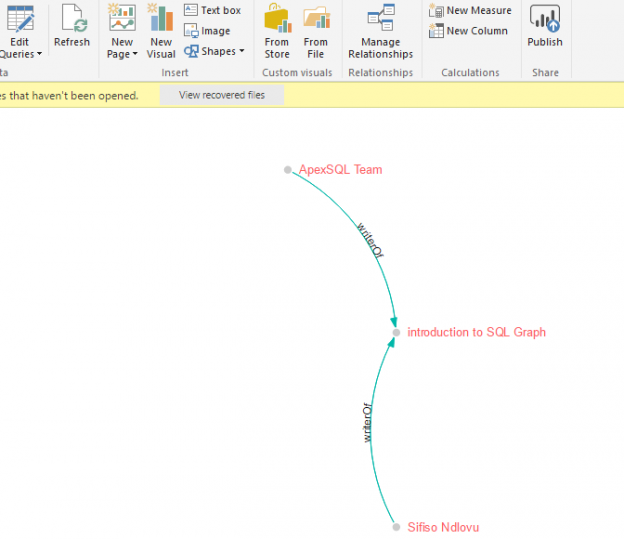
Just like in Santa’s Bag of Goodies, every release of SQL Server often has something for everyone – be it enhancements to DMVs for the DBAs, new functions for T-SQL developers or new SSIS control tasks for ETL developers. Likewise, the ability to effectively support many-to-many relationships type in SQL Graph has ensured that there is indeed something in it for the data warehouse developers in SQL Server 2017. In this article, we take you through the challenges of modelling many-to-many relationships in relational data warehouse environments and later demonstrate how data warehouse teams can take advantage of the many-to-many relationship feature in SQL Server 2017 Graph Database to effectively model and support their data warehouse solutions.
Read more »
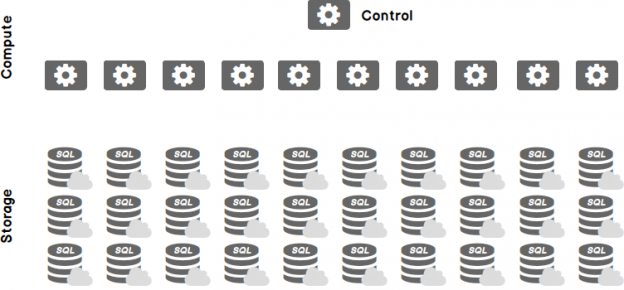
Azure SQL Data Warehouse is a new addition to the Azure Data Platform. When I first heard about it I wasn’t quite sure about what exactly it would be. As it turns out it is relational database for large amounts of database and really big queries as a service. This is essentially the equivalent of the APS (Analytics Platform System) in the cloud.
Read more »
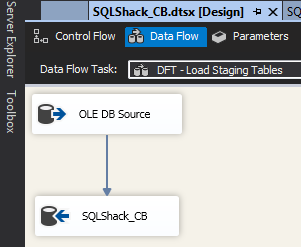
My team and I were recently tasked with refactoring older data marts, particularly those that were created with SQL Server 2008 in mind. As we all know, SQL Server has undergone significant changes since the release of SQL Server 2008. One of those changes relates to the introduction of columnstore as an alternative to the traditional B-tree index (rowstore). Whilst most of the existing documentation relating to columnstore seem to focus on the benefit of columnstore against data warehouse workloads, in this article I argue that the usage of columnstore index should not be limited to facts and dimensions instead let’s introduce it in our data warehouse staging environments too.
Read more »
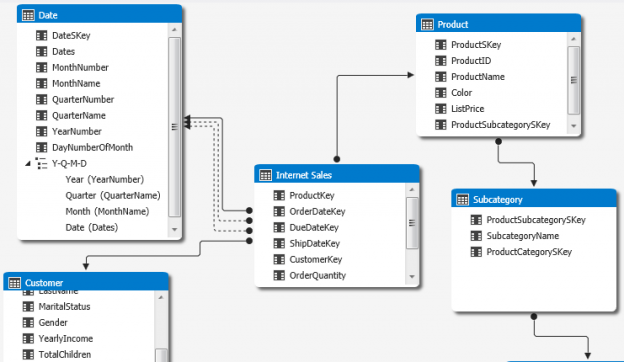
Before jumping into creating a cube or tabular model in Analysis Service, the database used as source data should be well structured using best practices for data modeling. Some might say use Dimensional Modeling or Inmon’s data warehouse concepts while others say go with the future, Data Vault. No matter what conceptual path is taken, the tables can be well structured with the proper data types, sizes and constraints.
Read more »
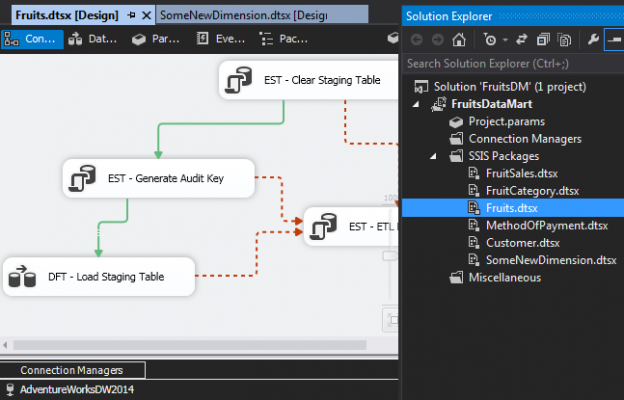
Whilst discussing the evolution of SQL Server Data Tools in my previous article, I touched on a new feature, Package Parts, which is available in SSDT 2015. This article takes an in-depth analysis of the Package Parts feature, particularly, as it relates to Data Warehouse development.
Read more »
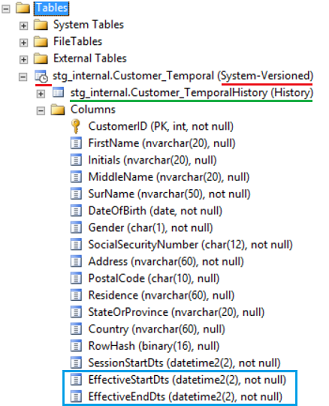
Today the subject of investigation is the Temporal Table, which is a new feature in SQL Server 2016. My focus will slightly be on how to use it in Data Warehouse environments, but there is some general information passing by as I write.
Read more »
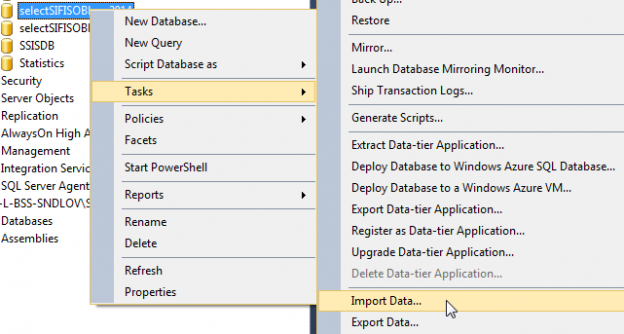
Implementing best data warehouse designs and practices such as data lineage reduces the need to ever have to restore an entire relational data warehouse. However, sometimes there are instances whereby you have inherited poorly designed data warehouse environments that leaves you with no other options but to perform an entire database restore in an event of a sudden disaster. I recently found myself in a similar situation of having to recover one of my data mart following a data integrity issue wherein all data of a type 1 dimension was updated/overwritten using an incorrect source file. In this article I take a look at how different approaches can be utilised to restore the compromised SQL Server-based data mart back to its “good state”.
Read more »
Power BI is an extremely powerful tool to create dashboards and reports. In the last article, we learned how to create a Data Warehouse in Azure. In this new chapter, we will learn how to create reports from the Data Warehouse in Azure using Power BI in Azure.
Read more »
In previous chapters, we taught how to create SQL Databases in Azure. In this new chapter, we will show you the new SQL Data Warehouse Service in Azure.
Read more »
© 2025 Quest Software Inc. ALL RIGHTS RESERVED. | GDPR | Terms of Use | Privacy